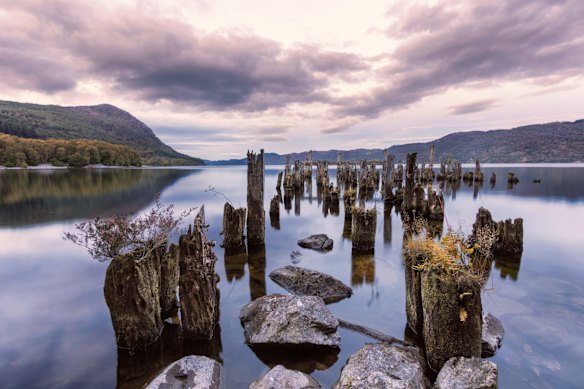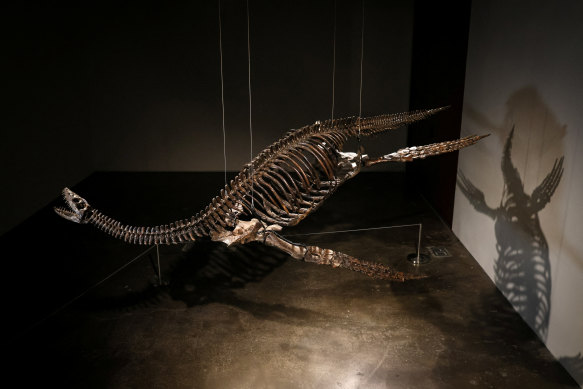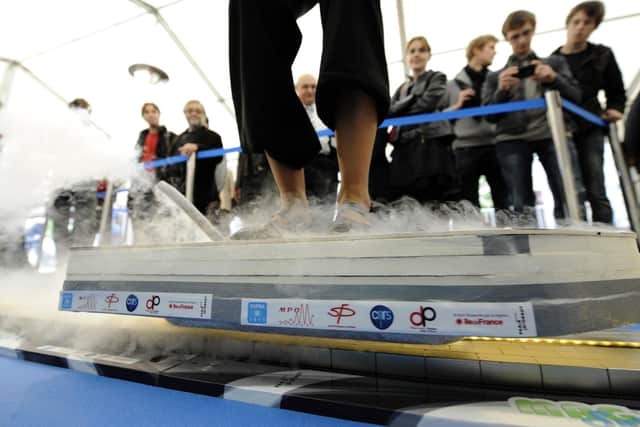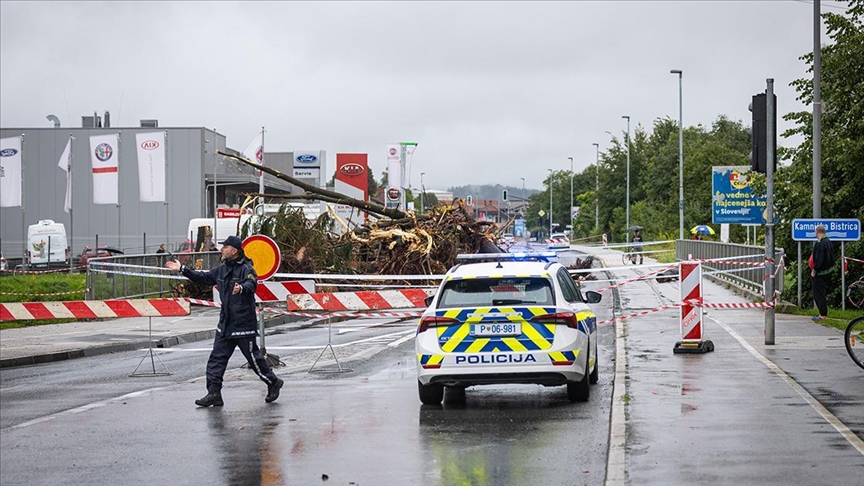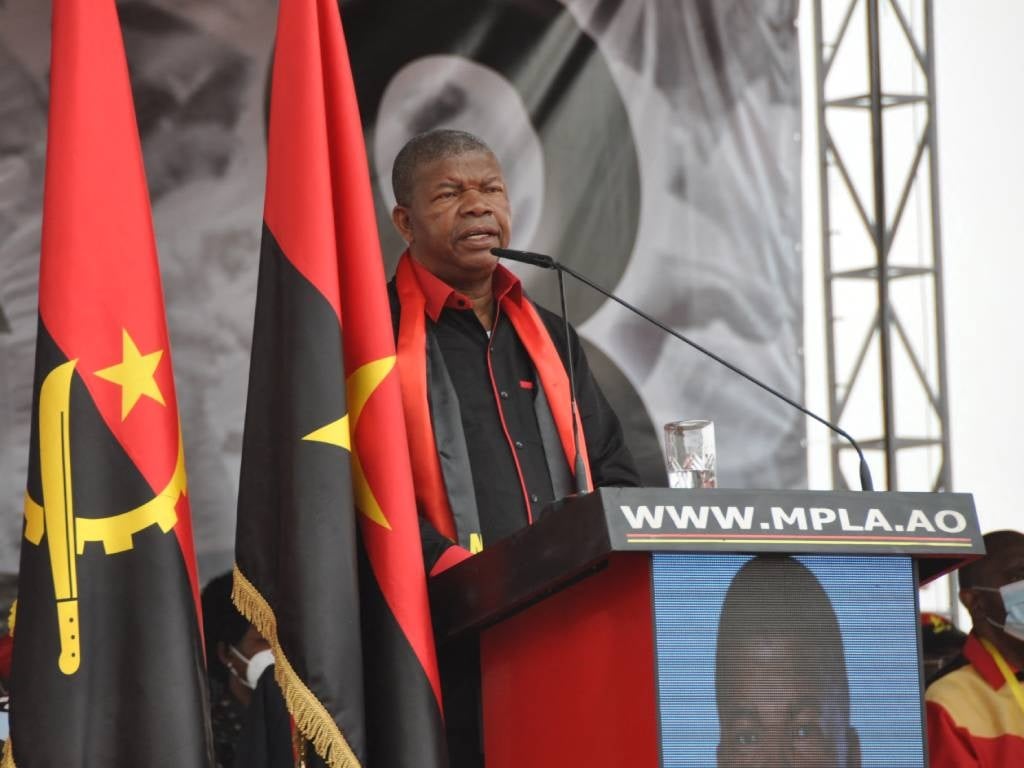August 6, 2023
By Dr. James M. Dorsey

Saudi Arabia’s soccer player buying spree is about more than sports and the diversification of the kingdom’s economy.
It’s also about geopolitics and religion for Saudi Arabia and, at least, some of the world’s top players moving to the kingdom.
Recent high-profile transfers include Real Madrid’s Karim Benzema, Chelsea’s N’Golo Kante and Kalidou Koulibaly, Lens’ Seko Fofana, Lyon’s Moussa Dembele, and Manchester City’s Riyad Mahrez.
To be sure, mouthwatering transfer fees and salaries are a major driver.
But for Muslims, so is a religious affinity with Saudi Arabia, the custodian of Islam’s two holiest cities, Mecca and Medina.
As are European culture wars that fuel anti-migrant, anti-Muslim, and anti-black sentiment for Muslim and non-Muslim players of colour.
In addition, European clubs have a mixed record of accommodating Muslim players’ religious needs, such as fasting during Ramadan and daily prayer times.
The exodus of pious Muslim and non-Muslim players amounts to a backlash against a Western push for LGBTQ rights, privately rejected by some as contradicting their faith.
Mr. Benzama said he had decided to move to Saudi Arabia’s Al Ittihad “because I am Muslim and it’s a Muslim country. I’ve always wanted to live there… Most importantly, it’s a Muslim country, it’s beloved, and it’s beautiful.”
On the website of Saudi Arabia’s Al Arabiya television network, Bahraini analyst Omar Al-Ubaydli asserted that “any practicing Muslim or non-White person living in Europe will immediately understand that it’s probably not just about money.”
Mr. Al-Ubaydli said: “To be clear, the millions of dollars on offer are certainly a major factor. However, a mixture of arrogance and ignorance is making the secular white Westerners who dominate European football – including its media – underestimate Saudi Arabia’s attractiveness.”
Mr. Al-Ubaydli concedes, “That’s not to say Saudi Arabia is free from racism. However, a quick look at the national team – and a quick stroll through the grand mosque in Mecca – suggests that black people are unlikely to be subjected to the sort of vitriolic hatred that is becoming increasingly frequent in Europe.”
Mr. Al-Ubaydli may have a point despite critics wondering why players did not seek more harmonious, culturally more accommodating pastures earlier, even if employment packages were less attractive in the past.
The answer is likely severalfold.
Saudi Arabia is a different place since Crown Prince Mohammed bin Salman introduced far-reaching social reforms that have significantly enhanced women’s professional and social opportunities, rolled back gender segregation, and introduced a Western-style entertainment industry.
Moreover, Mr. Bin Salman’s sports ambitions, part of the crown prince’s economic diversification plans designed to reduce the kingdom’s dependency on oil exports, make Saudi Arabia an exciting place to play soccer.
If Mr. Bin Salman succeeds in turning the Saudi Professional League into one of the world’s top five leagues, soccer will strengthen the crown prince’s positioning of the kingdom as a major power in a new multipolar world order in which middle powers have greater strategic autonomy.
With big-name Muslim players populating successful Saudi clubs, it would also boost the kingdom’s positioning in a competition for religious soft power in the Muslim world. Moreover, it would strengthen Saudi Arabia’s bid to define what Islam stands for in the 21st century.
Mr. Bin Salman’s sports push suggests that the crown is confident that the dark side of his reforms, brutal repression of human and political rights, ensures that soccer will not emerge as a vehicle for dissent and protest.
Soccer has taken the Middle East and North Africa by storm since Britain and France introduced it in the late 19th and early 20th centuries. The region’s most popular sport has since played a key role in anti-colonial struggles and post-colonial anti-government protests.
Saudi Arabia initially sought to reduce soccer’s profile in response to the 2011 popular Arab revolts. Militant soccer fans played a vital role in the revolts that toppled Tunisia, Egypt, Libya, and Yemen’s leaders.
Spanish consultants, hired before Mr. Bin Salman’s rise to power, were instructed to develop Saudi Arabia’s first-ever national sports strategy, emphasizing individual rather than team sports.
De-emphasising team sports was intended to limit soccer’s potential as a venue for anti-government protests.
A Facebook page entitled Nasrawi Revolution demanded in 2013 the resignation as head of Al Nassr FC of Faisal bin Turki, a burly nephew of the late King Abdullah. A YouTube video captured Mr. Bin Turki running off the soccer pitch after rudely shoving a security official aside.
The campaign against Mr. Bin Turki followed the unprecedented resignation in 2012 of Nawaf bin Feisal, another member of the kingdom’s ruling Al-Saud family, as head of the Saudi Football Federation (SFF), the first royal to be forced by public pressure to step down.
Mr. Bin Feisal’s resignation led to the election of a commoner, storied former player Ahmed Eid Alharbi, in a country that has no elections. Alharbi was widely viewed as a reformer and proponent of women’s soccer.
Mr. Bin Salman’s social reforms, enhanced confidence, and unbridled ambition improved his chances of sports success compared to a 1978 Saudi attempt to buy some of the world’s top players from Brazil.
Roberto Rivelino, like Cristiano Ronaldo, the first soccer superstars to move to Saudi Arabia this year,, was accorded a hero’s welcome when landed in the kingdom on a Concorde to play for Al-Hilal 45 years ago.
Mr. Rivelino was greeted at the airport by thousands of fans waving flags. He was whisked away in a Rolls Royce to one of the most luxurious royal residences and honored with a lavish multi-course banquet attended by Saudi ruling family members.
Saudi Arabia’s rulers, then, like now, hoped soccer would strengthen Saudis’ national identity.
Geopolitical rivalry lurked in the background then too. Even though the Shah still ruled Iran, Saudi rulers could not accept that its rival was the only Middle Eastern state to qualify for the 1978 World Cup.
The Saudis have since come a long way, qualifying for several World Cups, and beating Argentina last December during the Qatar tournament.
Contrary to 1978, Saudi Arabia today is not pursuing soccer ambitions in isolation. Its acquisition spree is part of a broad country overhaul. That enhances the kingdom’s chances of soccer success but makes it dependent on Mr. Bin Salman’s ability to implement his broader economic reforms successfully. The jury is still out on that.
Dr. James M. Dorsey is a senior fellow at the S. Rajaratnam School of International Studies, co-director of the University of Würzburg’s Institute for Fan Culture, and the author of The Turbulent World of Middle East Soccer blog, a book with the same title, Comparative Political Transitions between Southeast Asia and the Middle East and North Africa, co-authored with Dr. Teresita Cruz-Del Rosario and three forthcoming books, Shifting Sands, Essays on Sports and Politics in the Middle East and North Africaas well as Creating Frankenstein: The Saudi Export of Ultra-conservatism and China and the Middle East: Venturing into the Maelstrom.






